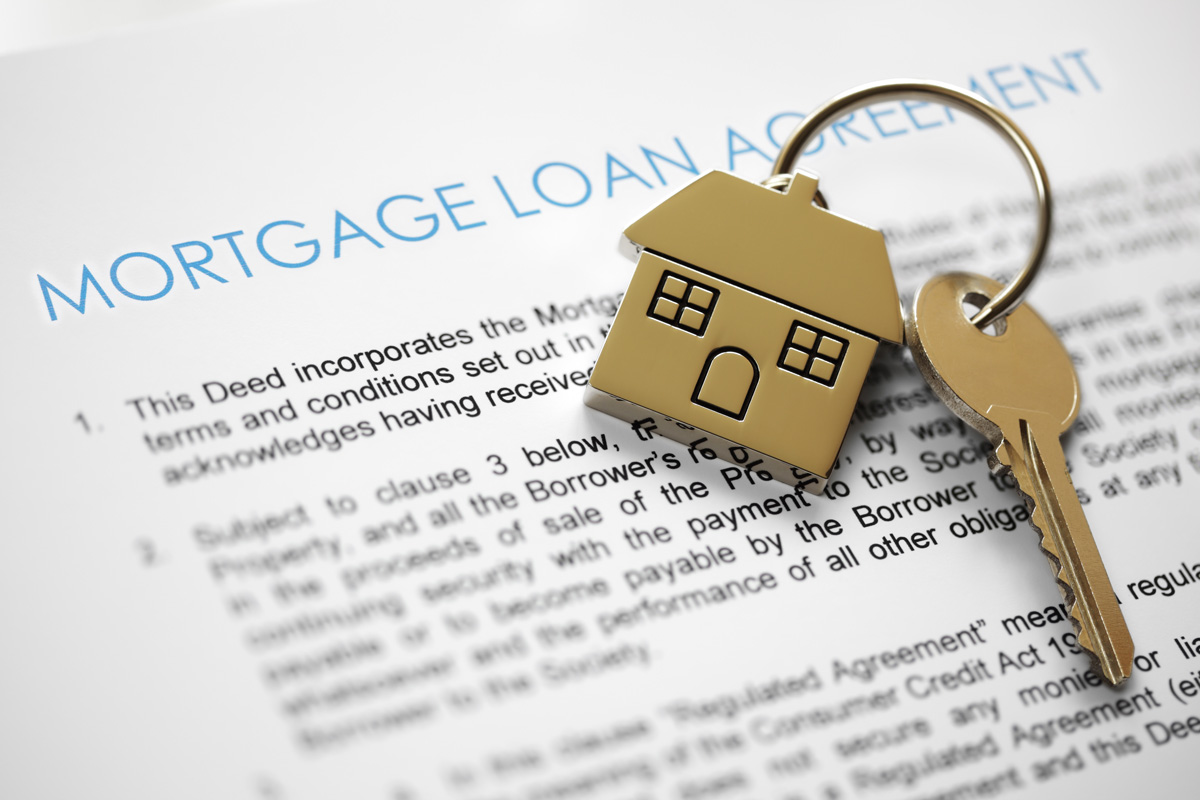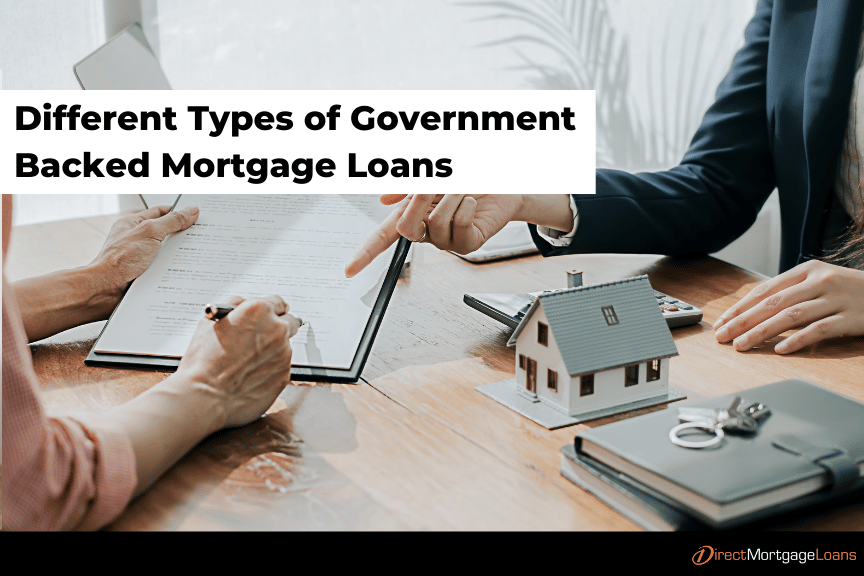Conventional Mortgage Loans: The Preferred Selection for Homebuyers
Conventional Mortgage Loans: The Preferred Selection for Homebuyers
Blog Article
The Crucial Variables to Consider When Choosing In Between Fixed-Rate and Adjustable-Rate Mortgage Finances
When assessing mortgage options, borrowers encounter a crucial choice in between fixed-rate and adjustable-rate car loans, each presenting possible mistakes and distinct benefits. Secret considerations such as passion price stability, predictability in regular monthly repayments, and the implications of potential price modifications can substantially impact long-term financial wellness.
Rate Of Interest Stability
When choosing a mortgage, understanding interest price stability is critical for educated decision-making. Passion prices can dramatically affect the overall price of a home mortgage, and acknowledging the nature of these rates is crucial for debtors. Fixed-rate mortgages use the advantage of consistent regular monthly settlements over the life of the financing, securing borrowers from market changes. This stability allows house owners to prepare their finances with greater assurance, as they will not be influenced by climbing rates of interest.
On the various other hand, adjustable-rate home mortgages (ARMs) begin with reduced first prices that may change regularly based on market conditions. While this can lead to reduced settlements initially, it also introduces uncertainty, as customers may face enhanced repayments if rate of interest prices increase. For those taking into consideration an ARM, it is vital to assess the likelihood of rate modifications, the potential for repayment boosts, and the size of the preliminary fixed-rate period.
Inevitably, the choice in between fixed-rate and adjustable-rate home mortgages depends upon specific risk tolerance and monetary conditions. Understanding rate of interest price security helps borrowers make notified choices that align with their long-term economic objectives.
Monthly Settlement Predictability
While debtors usually prioritize rate of interest stability, the predictability of month-to-month settlements is similarly important in the home mortgage choice process (Conventional mortgage loans). Month-to-month repayment predictability plays a vital role in budgeting and economic preparation, as it directly affects a homeowner's capital and general monetary health and wellness
Fixed-rate home mortgages provide a consistent regular monthly payment throughout the life of the loan, allowing customers to prepare for and prepare their costs efficiently. This security can be especially beneficial for new property buyers or those on a set earnings, as it eliminates the unpredictability connected with rising and fall settlements.
Conversely, variable-rate mortgages (ARMs) commonly feature reduced initial settlements that can change in time, resulting in possible irregularity in monthly commitments. While at first attractive, this changability can make complex monetary preparation, specifically if debtors do not make up future rate modifications.
Possible Price Changes
In the realm of adjustable-rate home loans (ARMs), possible price changes represent a substantial factor that customers need to carefully take into consideration. Unlike fixed-rate home mortgages, where the rates of interest continues to be unmodified for the life of the funding, ARMs are identified by rising and fall rates of interest that are tied to market indices. This irregularity can lead to substantial changes in regular monthly repayments, affecting the debtor's economic preparation and budgeting.
Commonly, ARMs have a first fixed-rate duration throughout which the rate of interest is secure. Hereafter period, however, the rate adjusts at predetermined intervals-- typically each year. Customers should recognize the margin and index utilized to determine these modifications, as they straight affect future interest rates. Furthermore, ARMs often consist of caps that restrict exactly how much the rate of interest can enhance at each change and over the life of the car loan, which can provide some level of defense against drastic rate walks.
Recognizing these prospective adjustments is vital for customers, as they straight affect lasting repayment commitments. Therefore, assessing individual financial situations and risk resistance is essential when choosing whether an ARM lines up with one's monetary goals.
Lending Term Factors To Consider
Lending term factors to consider play a pivotal function in the decision-making procedure for borrowers selecting in between adjustable-rate and fixed-rate home mortgages. The length of the finance term considerably affects regular monthly settlements, rates of interest, and total monetary preparation. Fixed-rate home loans normally supply terms of 15 to three decades, offering stability in month-to-month settlements and predictability in budgeting. This can be especially appealing for borrowers that intend to remain in the exact same home long-lasting and like the assurance of fixed payments throughout the life of the finance.

Inevitably, debtors need to evaluate their personal situations, financial objectives, and market problems when evaluating the implications of lending term selections within each home loan type.

Overall Price of Borrowing
The overall price of borrowing is an essential factor that can significantly affect a debtor's choice in between adjustable-rate and fixed-rate official website home loans. Fixed-rate home mortgages use predictable month-to-month repayments, as the rate of interest rate continues to be constant throughout the loan term. This predictability can cause reduced overall expenses, particularly in a steady or declining rates of interest environment. Customers can spending plan effectively, knowing their repayments will certainly not vary.
Alternatively, variable-rate mortgages (ARMs) usually begin with lower first prices, resulting in reduced upfront costs. These prices can boost after a preliminary duration, leading to potentially higher lasting prices. Customers need to take into consideration the regularity and extent of rate changes, in addition to the general lending duration, to accurately evaluate the monetary ramifications.
Moreover, the overall expense of loaning incorporates not only rate of interest yet also costs and other linked prices, such as closing costs and insurance (Conventional mortgage loans). For that reason, when assessing home loan options, borrowers must conduct a complete expense analysis over the life of the car loan. By doing so, they can make an educated choice that straightens with their financial objectives and risk resistance
Conclusion
Interest rate security and monthly settlement predictability are critical for efficient budgeting, while the potential for price modifications in ARMs presents financial uncertainty. In addition, the anticipated duration of homeownership and the general price of borrowing, including rate of interest rates and connected costs, must straighten with individual financial circumstances and run the risk of tolerance.
Key factors to consider such as passion rate security, predictability in month-to-month settlements, and the effects of prospective price changes can significantly impact lasting economic wellness. Interest prices can considerably impact the overall cost of a mortgage, and identifying the nature of these prices is crucial for consumers. Unlike fixed-rate home mortgages, where the passion price remains unchanged for the life of the funding, ARMs are defined by varying interest prices that are connected to market indices. Additionally, ARMs often consist of caps that restrict how much the passion rate can increase at each change discover this and over the life of the financing, which can supply some level of security against extreme price walks.
Passion rate stability and monthly settlement predictability are vital for efficient budgeting, while the capacity for rate adjustments in ARMs presents monetary uncertainty.
Report this page